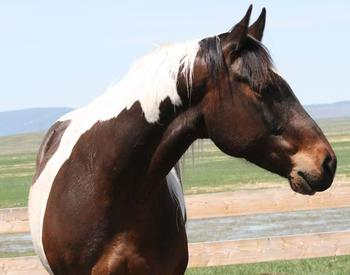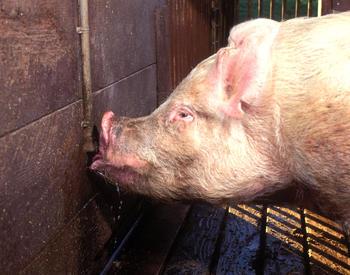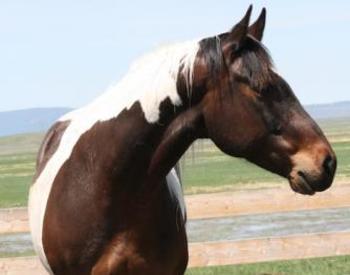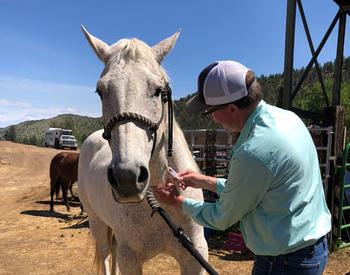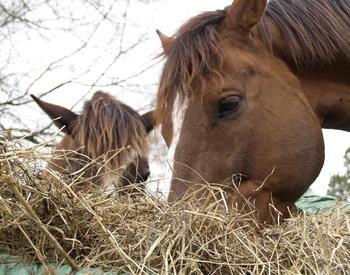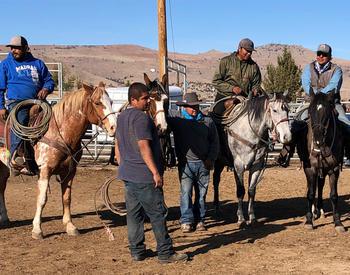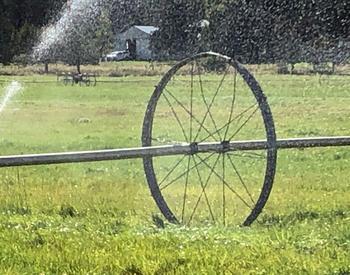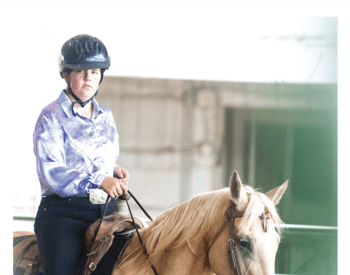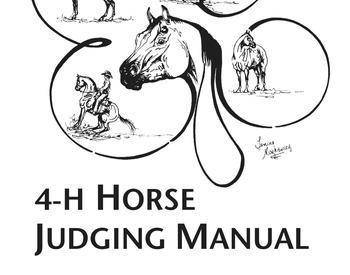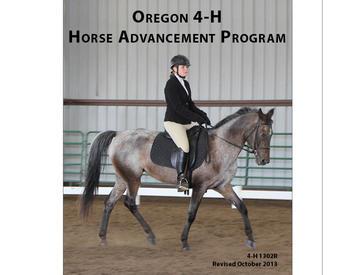Periods of wildfire fill the air with smoke that can impact your horses long after the skies clear. Even when the smoke lifts and you itch to ride again, it's better to be smart about reintroducing horses to work.
Horses that have been exposed to smoke and ash can suffer long-term effects. Even in barns, they are breathing air of the same quality as outside (unless you have an enclosed barn with an HVAC or closed air circulation).
During this exposure, horses breathe in ash and small particles (called particulates) that lodge in their upper airway and their lungs. Deep breathing during exercise or playing at turnout can draw the foreign particulates deeper into the lungs. The more particulate that is drawn deep into the lung, the longer recovery may take.
This is why you should keep horses as quiet as possible while still keeping them comfortable in a turnout or pasture.
What counts as clean air?
Monitor the air quality index (AQI) to determine if the air is becoming clean and we can start our countdown to riding once again. The AQI needs to be consistently below 100 throughout a 24-hour period to be counted as a “clean air day.” The number of clean air days are what we will use to establish the horse’s recovery schedule.
Clean air
Once clean air is consistently below 100, horses should be allowed to rest in a turnout or pasture for a minimum of seven days. Discourage work or running, and let the animals relax.
The length of this rest-only period will depend on the time span and the severity of exposure to smoke and ash. The other major factor to consider is whether the horse has a pre-existing respiratory condition such as heaves or EIPH (bleeders), as this will likely increase the length of the rest-only phase. Talk with your veterinarian about when to safely bring a horse back to work. During this time their body is working to clear the lungs of particulates, especially those that have lodged deep in the lungs.
After seven days of clean air, there are several options for bringing your horse back in to work. The option you choose will depend upon several factors:
- The health of the horse prior to the poor air quality caused by smoke and ash.
- The length of time the horse is exposed to the smoke and ash.
- The severity of the air quality.
- Pre-existing respiratory conditions.
- The fitness of the horse prior to the poor air quality.
If at any time your horse develops signs of respiratory distress, stop working and contact your veterinarian. Signs of distress include:
- Coughing.
- Nasal discharge.
- Increased respiratory rate not affiliated with the work or gait.
- Excessive reluctance to work.
Thoroughly wash horses prior to riding to avoid skin irritation from the ash residue.
The attached graphs provide three different timing options, depending on the health status of your horse. If you're not sure which option to choose, consult your veterinarian.
